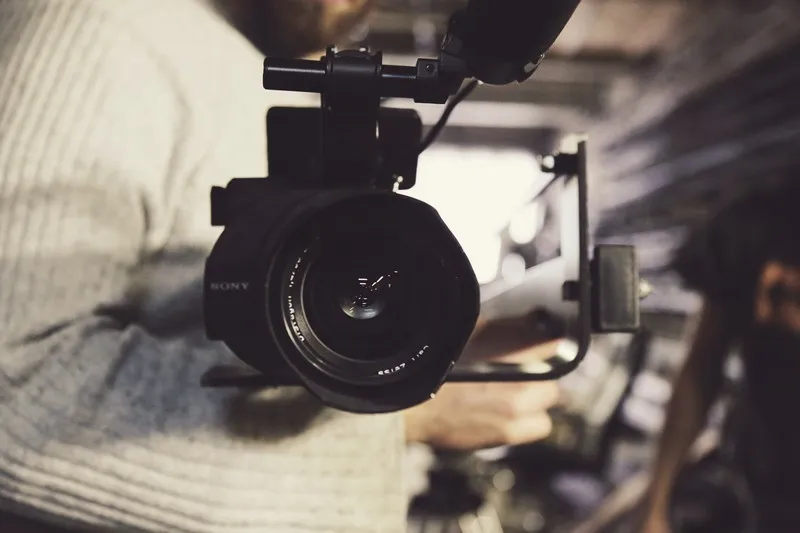Table of Contents
- Theoretical Frameworks
- Methodological Approaches
- Themes and Topics in the Sociology of Film
- Case Studies
- Conclusion
The sociology of film is an interdisciplinary field that intersects with various domains of sociology, media studies, cultural studies, and film theory. This academic discourse seeks to understand the social, cultural, and political implications of film as a medium. Films are not merely sources of entertainment but powerful tools for socialization, cultural expression, and ideological dissemination. By examining films through a sociological lens, scholars can uncover underlying social structures, power dynamics, and cultural narratives that shape and are shaped by cinema. This overview will explore key concepts, theories, and methodological approaches within the sociology of film, providing a comprehensive understanding suitable for undergraduate study.
Theoretical Frameworks
The Frankfurt School and Critical Theory
The Frankfurt School, a group of mid-20th-century social theorists, laid the groundwork for critical theory, significantly influencing the sociology of film. Scholars such as Theodor Adorno and Max Horkheimer critiqued the culture industry, arguing that mass-produced cultural products, including films, serve to reinforce dominant ideologies and perpetuate social inequalities. Their seminal work, “Dialectic of Enlightenment,” posits that films, as part of the culture industry, manipulate mass consciousness and promote passive consumption, thus inhibiting critical thinking and social change.
Structuralism and Post-Structuralism
Structuralist and post-structuralist theories also offer valuable insights into the sociology of film. Structuralism, pioneered by Ferdinand de Saussure and later expanded by Claude Lévi-Strauss, emphasizes the underlying structures that shape cultural products. In the context of film, structuralist analysis focuses on narrative structures, genre conventions, and the symbolic systems that underpin cinematic texts. Post-structuralism, associated with theorists such as Michel Foucault and Jacques Derrida, challenges the idea of fixed structures, emphasizing the fluidity and multiplicity of meanings in films. This perspective encourages a more nuanced analysis of how films reflect and construct social realities.
Feminist Film Theory
Feminist film theory emerged in the 1970s, highlighting the ways in which films perpetuate gender stereotypes and reinforce patriarchal ideologies. Pioneers such as Laura Mulvey introduced concepts like the “male gaze,” arguing that mainstream cinema often objectifies women, positioning them as passive objects of male desire. Feminist scholars examine how films represent gender relations, question traditional portrayals of femininity and masculinity, and advocate for more diverse and equitable representations in cinema.
Methodological Approaches
Content Analysis
Content analysis is a systematic method used to quantify and analyze the presence of specific elements within films, such as themes, symbols, or characters. This approach allows sociologists to identify patterns and trends in film content, providing empirical data to support theoretical claims. For instance, content analysis can reveal the prevalence of racial stereotypes in Hollywood films or the representation of social issues such as poverty, crime, and political corruption.
Audience Studies
Audience studies focus on how different groups of viewers interpret and respond to films. This approach recognizes that audiences are not passive recipients of cinematic messages but active participants who construct meanings based on their social and cultural backgrounds. By conducting surveys, interviews, and ethnographic studies, sociologists can explore how factors such as age, gender, ethnicity, and socioeconomic status influence audience interpretations and experiences of films.
Discourse Analysis
Discourse analysis examines how language and other symbolic forms within films construct social realities and power relations. This method involves analyzing dialogues, visual imagery, and narrative structures to understand how films convey ideological messages. For example, discourse analysis can be used to investigate how films depict social hierarchies, marginalize certain groups, or challenge dominant ideologies.
Themes and Topics in the Sociology of Film
Representation and Identity
Get the full article AD FREE. Join now for full access to all premium articles.
View Plans & Subscribe Already a member? Log in.





